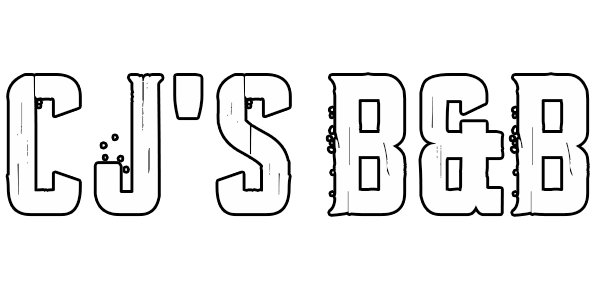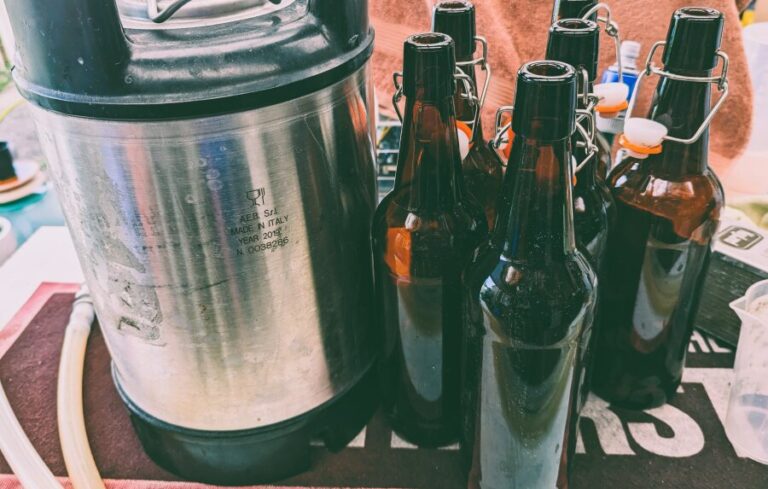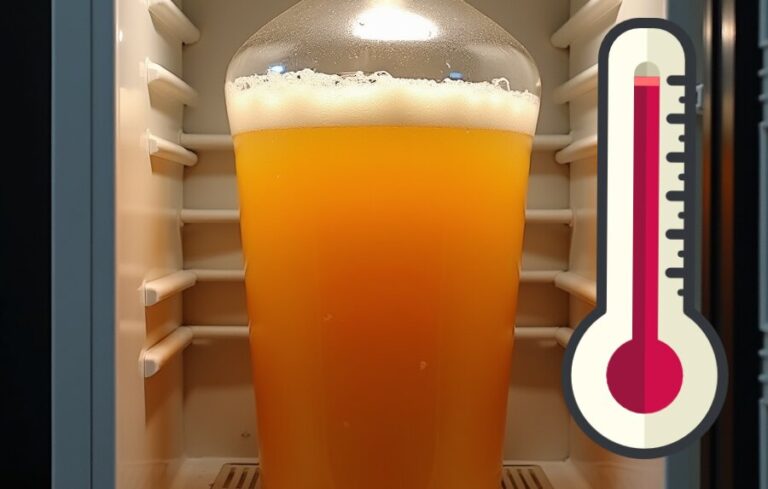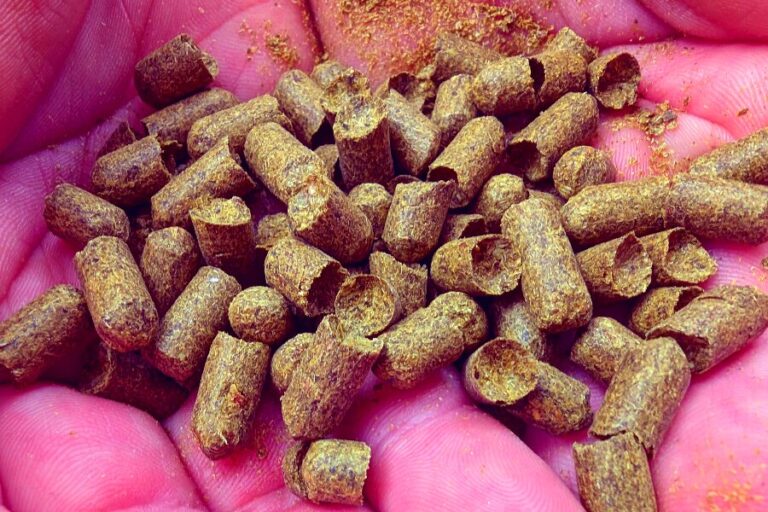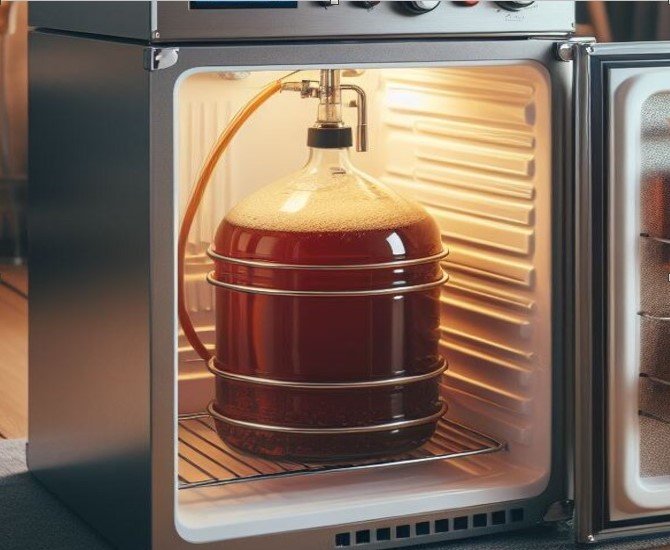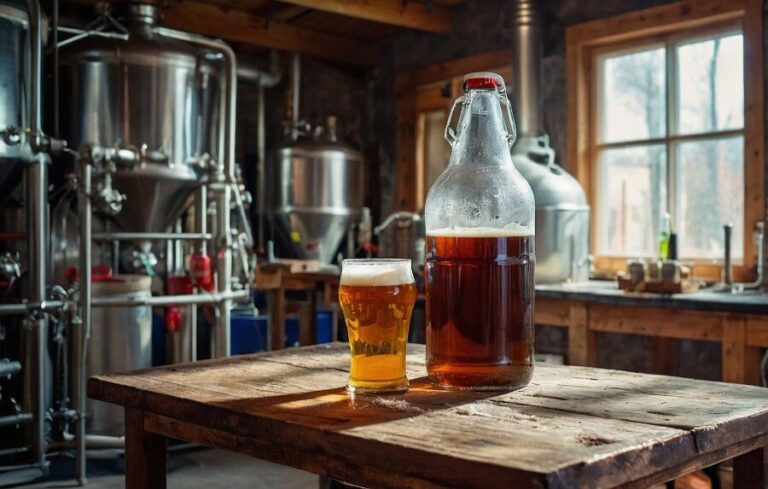Our evaluations and product assessments are conducted using a thorough and unbiased approach. Should you choose to buy any items through our provided links, we might receive a commission Read our disclosures.
Home brewing beer is an interesting blend of science, art, and passion. Whether you’re a seasoned brew master or just dipping your toes into the frothy waters of fermentation, understanding the different brewing methods is important. In this article, we’ll explore the two primary methods: Extract Kits vs All-Grain Brewing.
Fast Q&A the differences between Extract Kits VS All-Grain Brewing:
Extract Kits:
- Simplicity: Ideal for beginners, extract kits simplify the brewing process by skipping the mashing and sparging steps.
- Smaller Investment: Requires less equipment and is cost-effective for smaller batches.
- Less Control: Limited recipe customization due to pre-made malt extracts.
All-Grain Brewing:
- Recipe Freedom: Allows for creativity with unique recipes using crushed malted grains.
- Cost-Effective: Surprisingly cheaper in the long run.
- Ideal for Experienced Brewers: Requires more equipment and knowledge but offers greater control and customization.
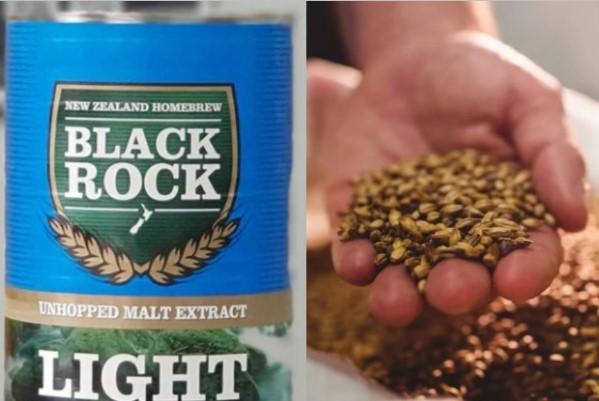
Detailed Comparison on Extract Kits VS All-Grain Brewing
What Are Extract Kits?
In my opinion, extract brewing is the beginner-friendly method for entering the world of home brewing beer. Unlike all-grain brewing, which involves extracting sugars from malted grains through mashing and lautering, extract beer kits come with pre-made malt extracts. Let’s explore the details:
Malt Extract
Extract kits typically include malt extract in either liquid or powder form. This extract contains concentrated sugars derived from malted barley, already processed through mashing and lautering in a commercial facility. As a homebrewer, you don’t need to worry about these initial steps—simply dissolve the extract in water.
Skipping the Mashing Step
The appeal of extract kits lies in their ability to skip the mashing process entirely. Mashing involves soaking crushed malted grains in hot water to extract fermentable sugars. With extract brewing, you bypass this step entirely. No need to fuss over temperature, pH, or grain ratios—just add the malt extract to your brew kettle.
Boiling and Hopping
Once you’ve dissolved the malt extract, bring the mixture to a boil. Add hops according to the recipe provided with your kit. The boiling process not only extracts hop flavours but also sterilizes the wort (the unfermented beer). This step is crucial for preventing contamination.
Fermentation
After boiling, cool the wort and transfer it to your fermentation vessel. Add yeast, seal the vessel, and let fermentation work its magic. The yeast consumes the sugars, producing alcohol and carbonation.
What I like about Extract Kits
- Ease of Use: Perfect for beginners or those with time constraints.
- Consistency: Reliable results due to standardized ingredients.
- Minimal Equipment: Requires fewer brewing vessels and less space.
- Speed: Brew day is shorter compared to all-grain brewing.
What I dislike about Extract Kits
- Limited Creativity: Less control over flavours and ingredients.
- Less Authentic: Some purists consider it a shortcut.
- Cost: Extract kits can be more costly per batch.

What Is All-Grain Brewing?
All-grain brewing begins with the raw grains. These grains are usually barley, wheat, or rye, serve as the foundation for the entire brewing process. Unlike extract brewing, where brewers rely on malt extract (a concentrated syrup or powder), all-grain brewers take control from the very beginning. They’re like the ale alchemists of the beverage world, who insist on hand-picking their own hops and grains instead of settling for those pre-hopped kits.
Mashing
The heart of all-grain brewing lies in the mashing process. Imagine a chef meticulously kneading dough to create the perfect bread. Similarly, brewers mix their malted grains with hot water to create a thick, porridge-like substance known as “mash.” This step activates enzymes within the grains, converting starches into fermentable sugars. The result? A sweet, malty liquid called “wort.”
Lautering and Sparging
Once the mash has done its magic, it’s time for lautering. Brewers separate the wort from the solid grain husks using a lauter tun—a vessel equipped with a false bottom or a mesh screen. The wort flows through, leaving behind the spent grains. You can also use a brew in a bag (BIAG) to achieve the same result. But the process doesn’t end there. Brewers then rinse the grains with hot water in a process called sparging. This ensures that every last drop of sugary gold is extracted.
Boiling and Hopping
With the wort collected, it’s time to bring it to a rolling boil. This step serves multiple purposes: sterilizing the liquid, concentrating flavours, and extracting bitterness from hops. Speaking of hops, they play a crucial role in all-grain brewing. Brewers add them during the boil to impart bitterness, aroma, and flavour. The choice of hops and their timing can dramatically influence the final beer profile.
Fermentation and Beyond
After the boil, the wort cools down, and yeast enters the scene. Fermentation transforms the wort into beer, as yeast consumes the sugars and produces alcohol and carbon dioxide. All-grain brewers closely monitor temperatures, yeast health, and fermentation duration to achieve the desired outcome. Once fermentation is complete, the beer is ready for conditioning, carbonation, bottling or kegging.
What I like about All-Grain Brewing
- Flavour Complexity: Full control over ingredients leads to nuanced flavours.
- Creativity: Endless possibilities for recipe experimentation.
- Craftsmanship: Brew like a pro and impress your friends.
- Cost Efficiency: Over time, all-grain brewing can be more economical.
What I dislike about All-Grain Brewing
- Learning Curve: Requires more knowledge and equipment.
- Time-Consuming: Longer brew day due to mashing and sparging.
- Space: Needs a dedicated brewing area.
- Inconsistent Results: Mastery takes practice.
Key Takeaways
- Extract Kits: Quick and easy, but limited creativity.
- All-Grain Brewing: Artisanal and flavourful but requires more effort.
- Choose Wisely: Consider your goals, time, and passion for brewing.
Frequently Asked Extract Kits vs All-Grain Brewing Questions
1. Which method produces better beer? Both methods can yield excellent beer. It depends on your commitment and preferences.
2. Can I transition from extract kits to all-grain brewing? Abso freakin lutely! Many brewers start with extract kits and gradually move to all-grain brewing.
3. What’s the best equipment for all-grain brewing? Invest in a quality mash tun, brew kettle, and a reliable thermometer.
4. Are there any famous beers brewed using extract kits? Yes, some award-winning beers began as extract brews.
Extract Kits vs All-Grain Brewing References
- How Beer Works – by How Stuff Works.
- ALPHA AMYLASE ENZYME – Convert Starch to Fermentable Sugars – by Brewers Circle.

